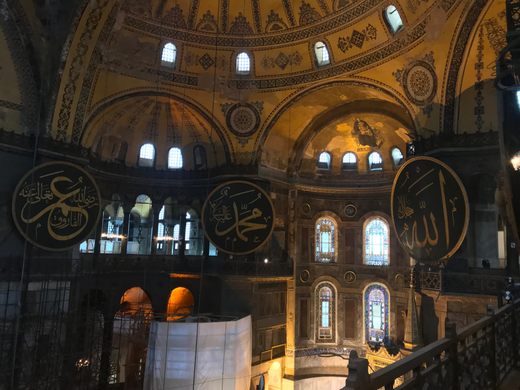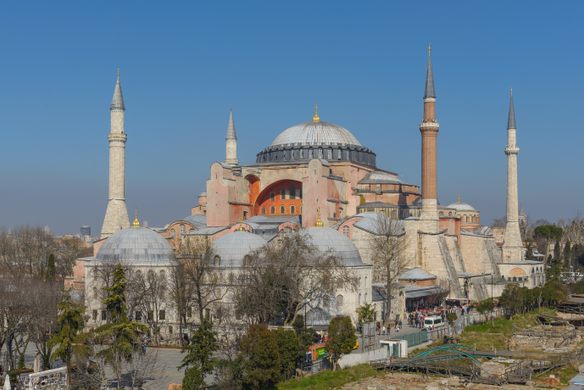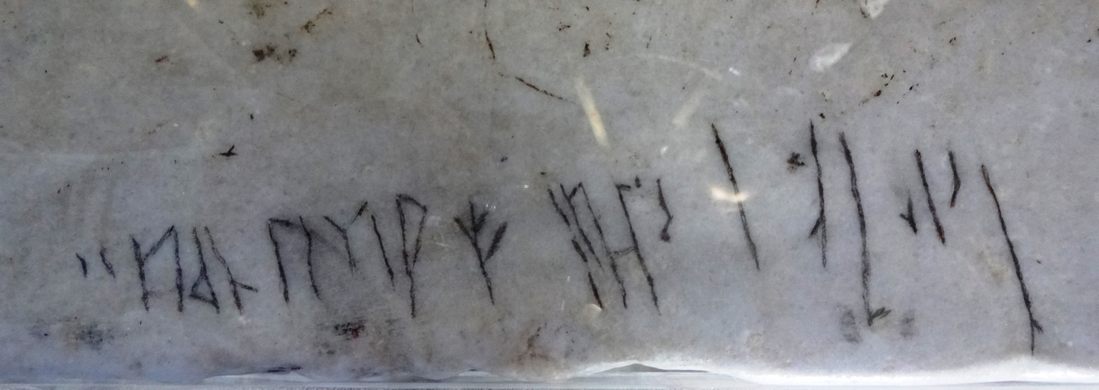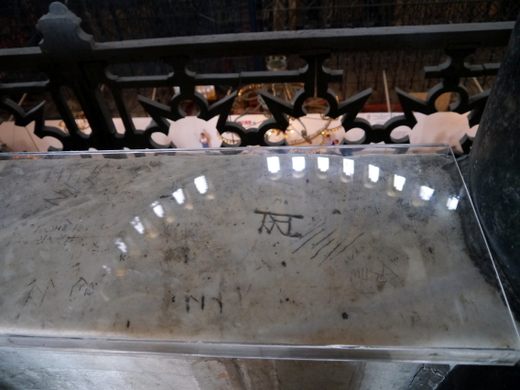Hagia Sophia Grand Mosque
Architectural wonder with Byzantine mosaics & Ottoman grandeur
Architectural wonder with Byzantine mosaics & Ottoman grandeur










"I recommend visiting the Hagia Sophia, one of the most well-known attractions in Istanbul." - Katie Nadworny Katie Nadworny Katie Nadworny is an Istanbul-based writer who specializes in stories at the intersection of culture and politics in Turkey, Eastern Europe, and the Middle East. She has lived in Turkey for nearly a decade and has traveled extensively around the region. Travel + Leisure Editorial Guidelines

"Across Sultanahmet square the domes of Hagia Sophia catch the same light that falls on the blue-tiled mosque, creating a tableau where layers of empire and culture are visible in a single sweep." - Hana Al-Khodairi

"Offers a unique blend of history, culture, and stunning architecture with fewer crowds in winter." - Lydia Mansel Lydia Mansel Lydia Mansel is a writer with more than eight years of experience editing and writing for both brands and online publications—with a particular focus on travel, fashion, and lifestyle. She’s

"Offers a unique blend of history and culture with landmarks like Hagia Sophia and Blue Mosque, and luxury hammam experiences." - Lydia Mansel Lydia Mansel Lydia Mansel is a writer with more than eight years of experience editing and writing for both brands and online publications—with a particular focus on travel, fashion, and lifestyle. She’s

"A major historical landmark visited on guided tours during the city stop, offering a concentrated dose of the city's layered cultural and architectural history." - Kristin Braswell